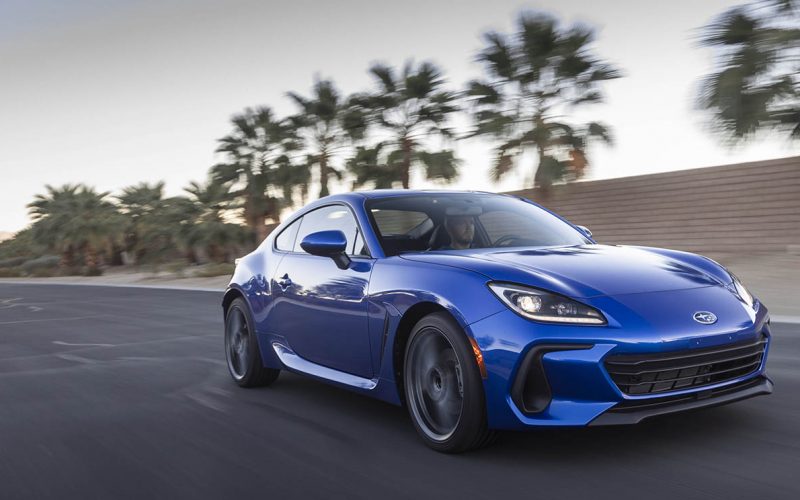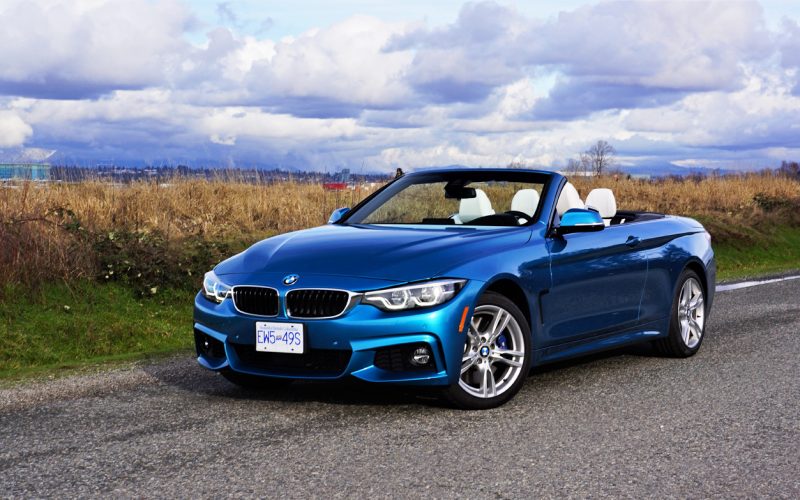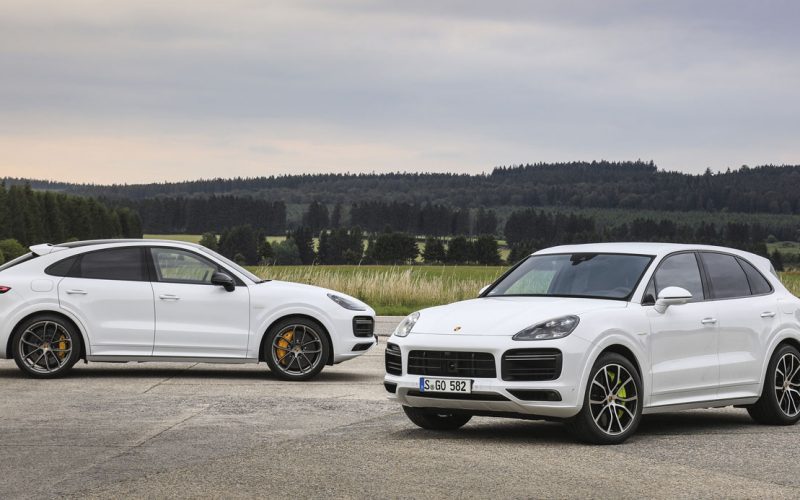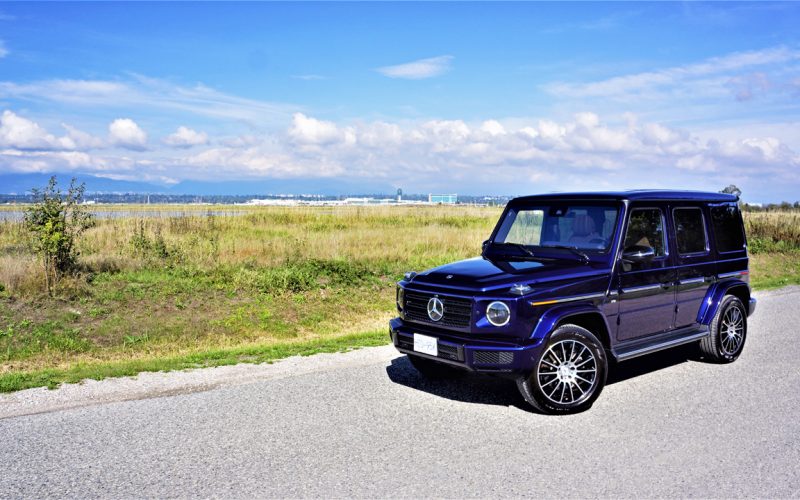
Reading Time: 8 minutesWell executed, affordable sports cars are few and far between these days, with Subaru’s BRZ being

Reading Time: 10 minutesAfter doing an exhaustive preview of the 2021 G80 M3 Sedan and G82 M4 Coupe that

Reading Time: 4 minutesIf you’re thinking you’ve read this story on these pages before, you’re not losing your mind.

Reading Time: 11 minutesIcons can be a blessing and a curse, as so many auto manufacturers have learned. From
© 2025 The Car Magazine. All Rights Reserved, Privacy Policy | Terms of Use